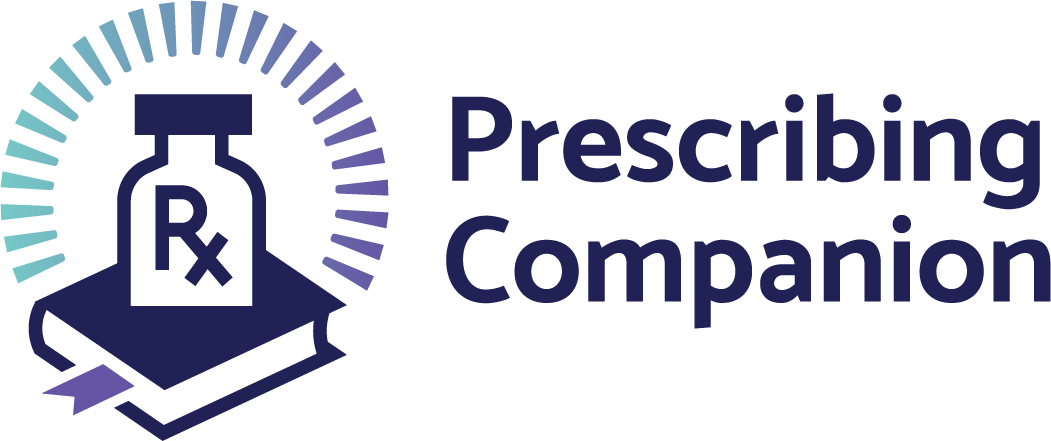Description
Intestinal disorders caused by microorganisms such as bacteria, ameobas or viruses spread through
contaminated food and water resulting in diarrhoea containing pus and blood. There are two main types:
amoebic and bacillary dysentery. Bacillary dysentery occurs due to infection by Shigella, Salmonella,
Campylobacter and E coli. Shigella is responsible for approximately 50% of cases while amoebic dysentery is
caused by the parasite Entamoeaba Histolytica.
Signs and Symptoms
• Abdominal pain and cramps
• Fever
• Tenesmus
• Nausea
• Vomiting
• Bloody diarrhoea
Investigations
• Stool microscopy and culture.
• FBC/DC
• Serum Electrolytes.
• Urogenital Schistosomiasis
o Acute: Haematuria, dysuria, urinary frequency.
o Chronic: Fibrosis of the bladder and ureter, kidney dysfunction, bladder cancer (later stages).
o Adolescent girls: genital lesions, vaginal bleeding, dyspaurenia nodules in the vulva.
o Adolescent boys: pathology of the seminal vesicles, prostate, and other organs.
Investigations
• Stool/Urine M/C/S for blood and Schistosoma ova.
• FBC, DC-Eosinophilia.
• Urea, Electrolytes, LFTs.
• Chest x-ray
• Plain abdominal x rays
• Abdominal ultrasound
• Blood culture
• Rectal Snip
Treatment
• Praziquantel is the treatment of choice for all forms of Schistosomiasis (children >2 years and adults: 40mg/kg as a single dose). Consider steroid therapy if very severe disease.
• Adverse effects of praziquantel include dizziness, headache, nausea, vomiting, diarrhea, abdominal
discomfort, bloody stool, urticaria, and fever following initiation of treatment. These are usually mild and last about 24 hours.
• Prevention: Praziquantel 40/mg/kg as a single dose.
